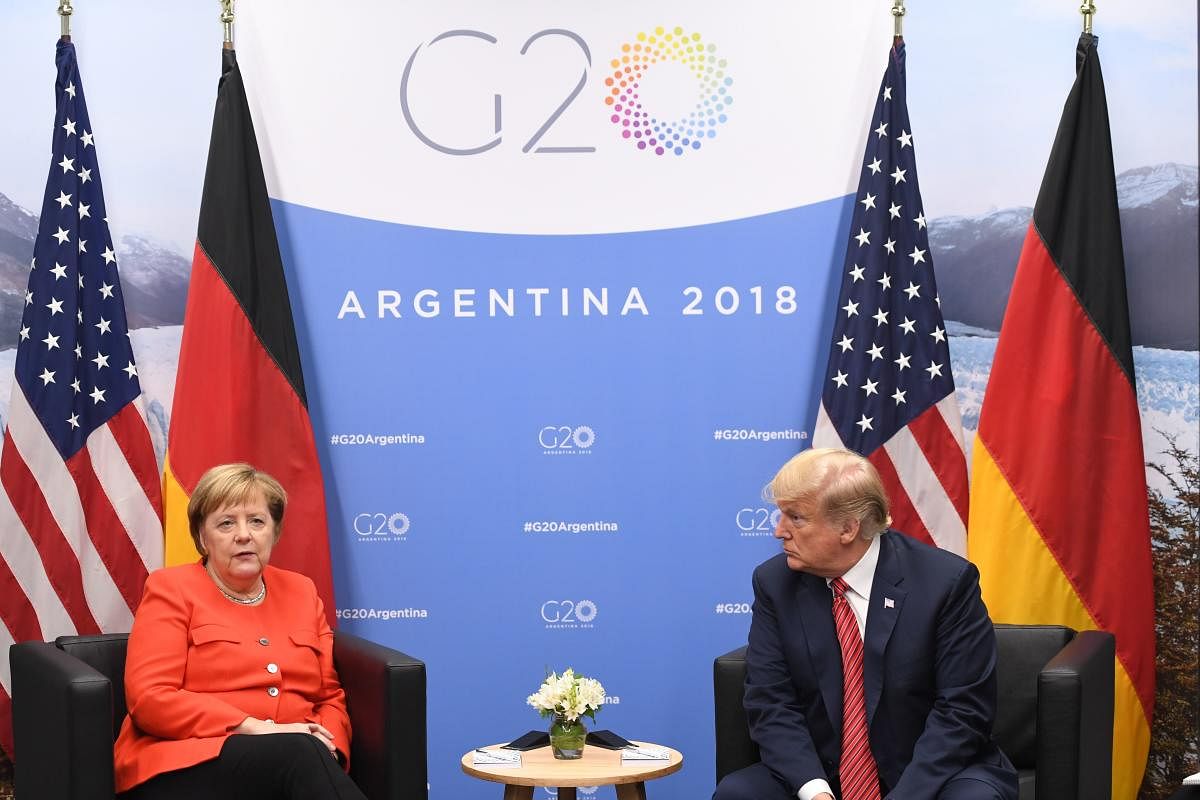In the wake of the collapse of Lehman Brothers in 2008 and the global financial meltdown, the G-20 members came together in a rare example of global cooperation and governance. The magnitude of the crisis forced all member countries to agree on a core agenda — restoring confidence, growth and jobs, and strengthening international financial institutions — between 2008 and 2012.
The effective coordination among G-20 countries in this time resulted in the sharp recovery of Advanced Economies (AE) and Emerging Market Economies (EME). The growth rate of the AE bounced back from negative (-3.4%) to positive (2.8%), and EME achieved a growth rate of 7.4% in 2010 from 2.8% the previous year. Soon after, at the second G-20 summit in Pittsburgh, the members agreed on a “Global Plan for Recovery and Reform” to, among other things, collectively revive market confidence, growth, and jobs globally. Soon, the G-20 became the “premier forum for international economic cooperation,” as envisaged by its leaders. As growth in the G-20 countries and global growth began to revive in 2010, effective coordination among G-20 members slackened.
Trade and Investment was one of the main drivers of global growth just before the crisis. In fact, world trade was growing much faster than global growth between 2002 and 2008. However, global imbalances are also blamed for the global financial crisis (GFC). Therefore, G-20 countries agreed on promoting balanced international trade and investment as one of the vehicles to recover global growth and contain job losses. A few measures, such as trade finance and restraint on restrictions on international trade and investment, were agreed upon.
The growth of exports and imports, which were close to zero in 2008 and highly negative (-12.9% and -13.2% respectively) in 2009, bounced back in 2010 — world exports and imports grew 13.2% and 14.9% respectively. In addition, a member countries vowed to keep protectionist impulses at bay. A coordinated string of stimulus packages followed, revealing a shared sense of urgency and purpose. These steps began showing results as the G-20 economies made up 85% of global GDP, 80% of world trade and 75% of the world’s population.
One of the main reasons for the crisis was the leveraging in the financial sector, due to lack of effective financial regulation, particularly relating to derivative and credit markets. Strengthening international financial regulation was the top priority of G-20 during the crisis period. The members came together to fix international financial institutions. The G-20 summits during the crisis period and immediately thereafter brought consensus to strengthen financial regulations, such as reforms in over-the-counter (OTC) derivatives, establishment of the Financial Stability Board (FSB), implementation of benchmark standards of transparency and exchange of information.
All G-20 countries also agreed on strong domestic regulatory systems for the financial sector, regulating credit rating agencies and hedge funds, a Financial Stability Forum (FSF), a European stabilisation mechanism and facility, supervision of important financial institutions, implementation of Basel-III norms and setting up of high-quality accounting standards for G-20 members.
Overall, the period 2009-2013 witnessed a high level of agreement and coordination among G-20 countries to bring confidence and stabilise international financial regulations and was showing results. However, the efficiency tapered down after 2012 as the group expanded its agenda from restoring growth and stability in the global market to sustainable development, transparency, climate change, etc. It also focused on inclusive and sustainable development though it was not part of the core agenda initially.
During the successive G-20 summits, the grouping agreed on important issues like debt sustainability framework, implementation of Cancun agreements, facilitating Economic Community of Western African States (ECOSWAS) and the ‘Asean+3’ initiative, climate fund and funding of infrastructure projects. In fact, the grouping expanded the efforts by including a G-20 and low income developing countries framework; the 2030 agenda of sustainable development goals (SDG); the G-20 action plan on food security and sustainable food systems; the G-20 energy access action plan; support for industrialisation in Africa; financial commitments for clean energy and Paris agreement.
Though the G-20 countries committed to the expanded agenda, the priorities, domestic constraints, and development agendas of its members were different, leading to fewer agreements. In summits after 2011, in Toronto, Seoul and Cannes, the faultlines became visible with fiscal and trade deficit countries (the US) and surplus countries (China and Germany) espousing divergent approaches. While the US wanted to fight export surpluses, the likes of Germany wanted to focus more on debt reduction and structural reforms. Likewise, developing economies like India and Indonesia had separate economic realities to contend with.
Post-2014, the global turn towards nativist economic policies in America and across Europe dealt a hard blow to global governance. Overall, as countries began to focus on their domestic economies, the commitment on a global level started to decline. G-20 summits between 2014 and 2017 witnessed more commitments and pledges with ambitious goals, like a global infrastructure initiative, structural policy to lift the G-20 countries’ GDP by at least an additional 2% by 2018, promoting quality jobs, reducing the gender participation gap, facilitating innovation and IPR regimes, an industrial plan to facilitate SMEs, digital economy, and supporting African and least developed countries.
While these commitments were part of the core agenda to restore growth, agreement on achieving them was difficult as many of them ran counter to different domestic situations and abilities in the G-20 countries. Moreover, these agenda points were difficult to monitor, leading to less effective steps. Importantly, as critics point out, there is no formal mechanism within the G-20 to ensure compliance to stated goals and actions.
(The writer is Professor, Institute of Economic Growth, New Delhi)
